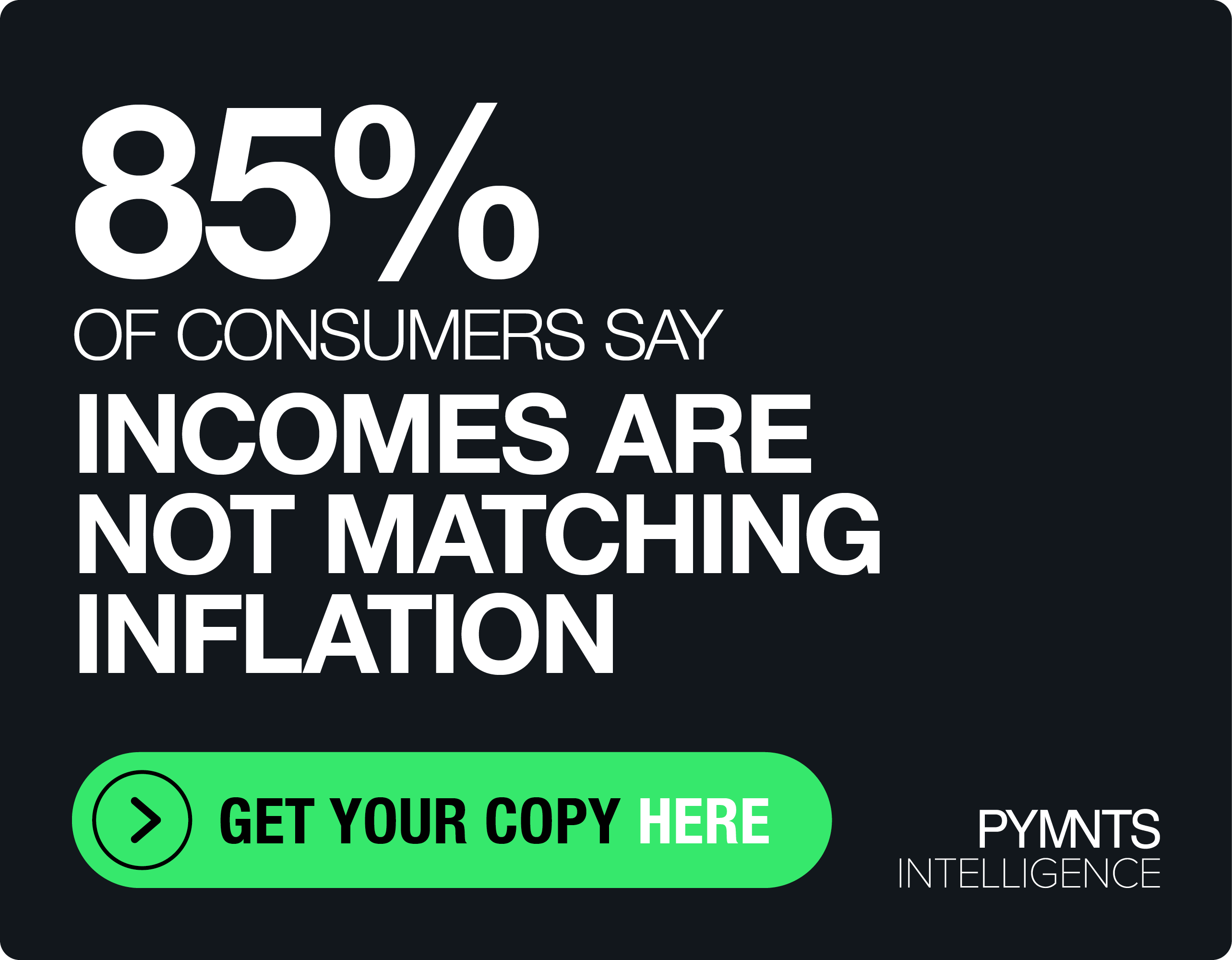How Choice Can Set Platform Providers Apart From Competition

One quarter of customers will abandon purchases if a merchant doesn’t accept their preferred payment method. However, managing payments made in 180 currencies can be a big headache, says Jimmy Duvall, BigCommerce’s chief product officer. In the latest Payments Powering Platforms Tracker, Duvall tells PYMNTS how BigCommerce is using integrated payments to help merchants large and small.
From retail apps to eCommerce sites, consumers have a myriad of options when it comes to buying online. While these options are imperative for offering convenience and choice to consumers, they also put merchants in direct competition with not only other businesses in their area, but with online sellers around the world.
This competition is set to intensify as eCommerce spending rises — it already grew 14 percent globally last year and nearly 20 percent or more in places like Africa, Latin America and Asia. To compete in this environment, it’s becoming increasingly crucial for eTailers to accept a range of payment methods and offer a variety of features that cater to global markets.
If a merchant won’t allow consumers to use the currencies or payment methods with which they’re familiar, customers are likely to find sellers who will, said Jimmy Duvall, chief product officer at eCommerce payment platform provider BigCommerce in a recent interview.
“The consumer buying behavior has not only moved into mobile, but there’s been this proliferation of the various methods of payments that exist online,” he said. “It’s really about making sure that shoppers have the ability to pay for goods and services in a way that meets their needs.”
Serving A Global Customer Base
The first step in catering to global consumers online, Duvall said, is allowing them to pay in their native currencies.
According to recent research, one quarter of consumers said they will abandon an online purchase if their preferred local currency is not accommodated. This can be hard for merchants to accomplish amid the more than 180 currencies worldwide and ever-changing exchange rates.
“Currency is a huge thing,” he said. “Consumers want to buy in the currency of their choice, but there’s a lot of complexity there for merchants.”
Duvall and his team at BigCommerce have a pair of strategies to deal with those challenges. First, the company works with partners like Webinterpret, which offers international eCommerce services and solutions that include translation and payment acceptance. However, operating through external partners can be expensive and create other challenges if the provider were to, for instance, experience a service interruption or security breach.
To prevent these issues, BigCommerce is developing its own multi-currency acceptance capabilities. This would also allow more merchants to take payments from customers outside their home countries, Duvall said, and let sellers set their own conversion rates.
In addition, serving a global customer base means offering a multitude of payment methods, and — as part of its second strategy — BigCommerce is seeking to enable that by accepting payment options that are popular in various regions. For example, in Asia, mobile wallets like WeChat Pay and Alipay are popular, while bank transfers are more common among Europeans.
“We’ve got a lot of local payment methods,” Duvall said. “It’s really about choice, and making sure our platform is not restricting what our merchants can do, so we’re very open in that regard. We try to support tons of different gateways and payment options for that exact reason.”
Keeping Things Simple
Catering to different payment methods and currencies is only half the battle. The experience must also be enjoyable, or at least simple.
Ensuring that all aspects of the purchasing process work together — such as the seamless integration of shipping and handling into a company’s payment platform — is a major part of simplifying the experience for customers, Duvall said.
Even more important, though, Duvall added, is tailoring the payment experience to consumers’ devices. BigCommerce’s platform determines which device a customer is using to make a purchase, and offers a simple and intuitive payment method popular on that device.
“The device piece of it is huge,” he said, noting that mobile device users are typically prompted to pay via peer-to-peer (P2P) platforms like Venmo or mobile wallets like Apple Pay. “It’s about making sure that the appropriate payment methods are presented effectively and efficiently for the device.”
As more consumers conduct their business online through various connected devices, Duvall said, merchants will find it increasingly crucial to offer a wide range of currency and payment options that make purchases more convenient. With global competition, the last thing merchants want is for consumers to take their business elsewhere.
